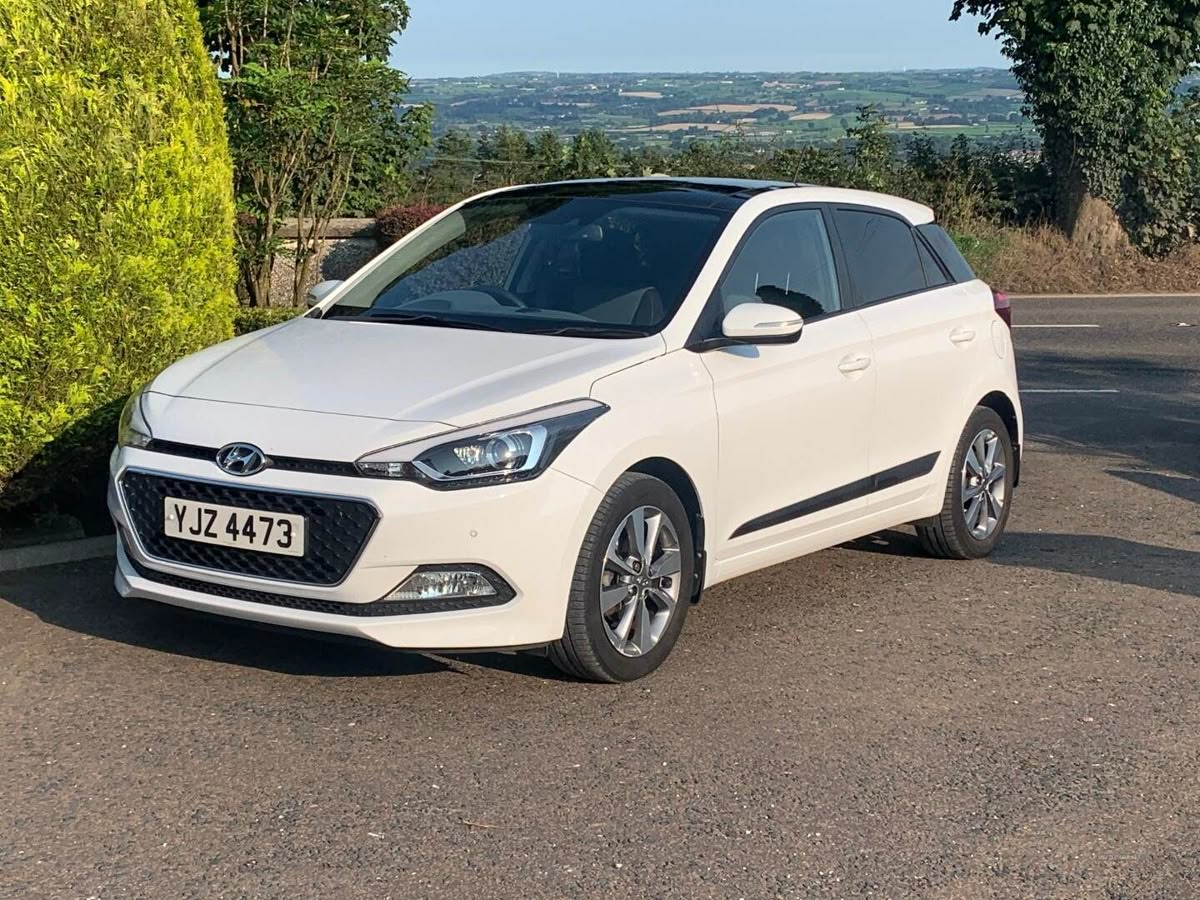Let’s be honest — software updates in cars used to be a complete pain. You’d have to book a dealership visit, wait around, and maybe even leave your car there for a day.
But now, some automakers are actually acting like it’s the 21st century by pushing over-the-air (OTA) updates, just like your phone gets. These updates can fix bugs, improve safety, tweak the UI, and sometimes even add entirely new features — all without you leaving your driveway.
But here’s the kicker: not all brands are on the same page. While some are going all-in on OTA tech, others are still stuck in the Stone Age, forcing you to make unnecessary trips to the dealer for even the tiniest fixes. It’s frustrating and kind of embarrassing, especially when you’re paying luxury prices.
This article breaks down 5 vehicles that do OTA updates right — no dealership needed — and 5 that still make you play the waiting game. We’re talking about real-world examples, not vague promises.
5 Vehicles With Real OTA Updates
Whether you’re shopping for your next car or just wondering if your ride is as smart as it claims to be, this list will show you who’s leading the tech game… and who needs to catch up.
1. Tesla Model 3
Tesla basically invented the modern OTA car update game, and the Model 3 is its golden child. Every few weeks, owners get a notification saying new features or bug fixes are available.
You hit “Update,” and boom — your car evolves overnight. We’re talking stuff like new driver-assist tweaks, UI redesigns, faster acceleration, updated entertainment apps, and even added range.
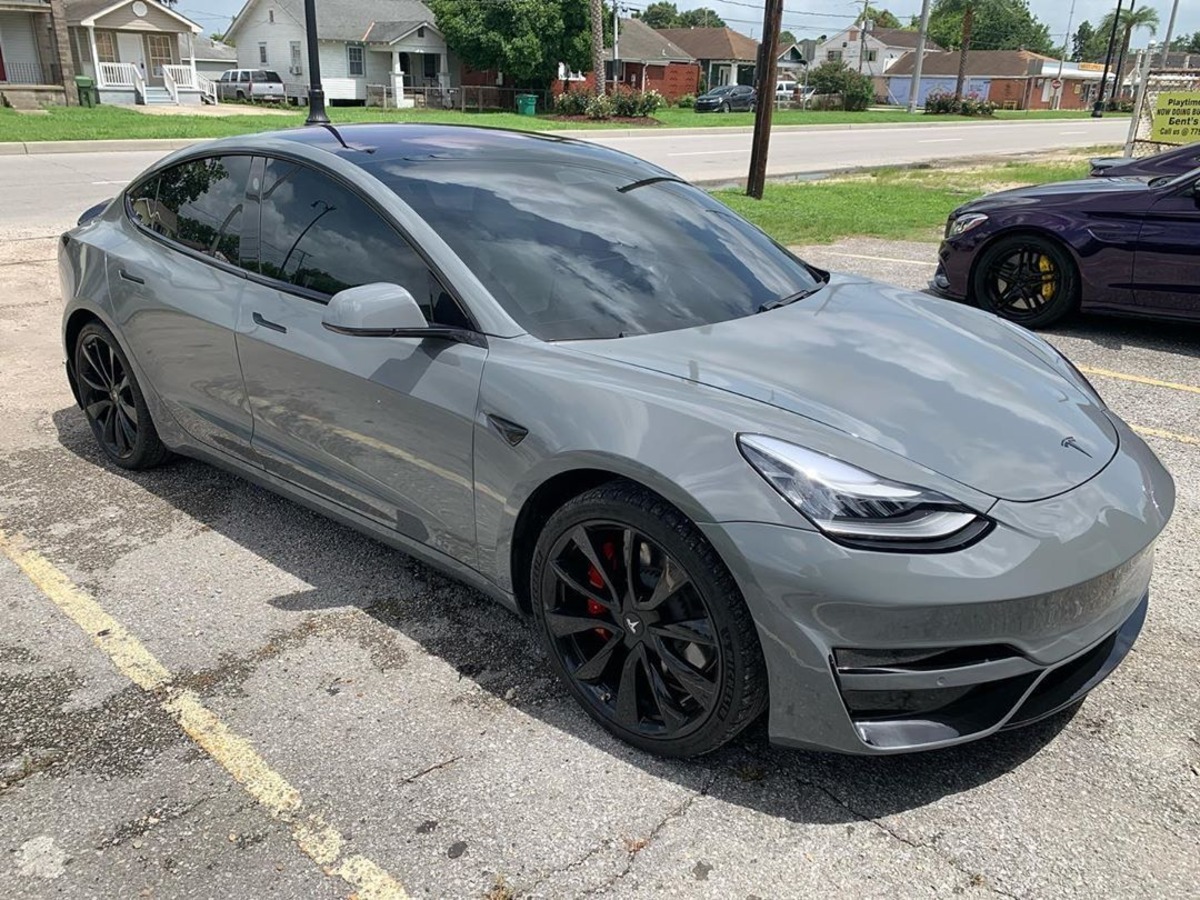
And it’s not just gimmicks. Tesla has pushed OTA patches for braking improvements and battery management systems. When cars were found to be braking inconsistently, Tesla issued a remote update and fixed the problem — no dealer, no wait.
What sets Tesla apart is that its OTA updates don’t just fix — they enhance. Like when it added “Boombox Mode” (yes, you can play music from external speakers) or upgraded the Model 3’s range via software. That’s wild.
The whole Tesla ecosystem is built around this model. The car’s always connected, and updates happen via Wi-Fi or LTE. The infotainment is snappy, the interface updates regularly, and drivers love seeing what new goodies roll out each month. You don’t have to lift a finger — no dealer in sight.
Bottom line: the Model 3 sets the gold standard for OTA functionality. You’re basically buying a car that gets better with age.
2. Ford Mustang Mach-E
Ford jumped into the EV game with the Mustang Mach-E, and surprisingly, it also came with serious OTA firepower. Their “Power-Up” software system allows the car to receive full updates remotely, not just the infotainment stuff, but also performance, driver-assist features, and even charging optimization.
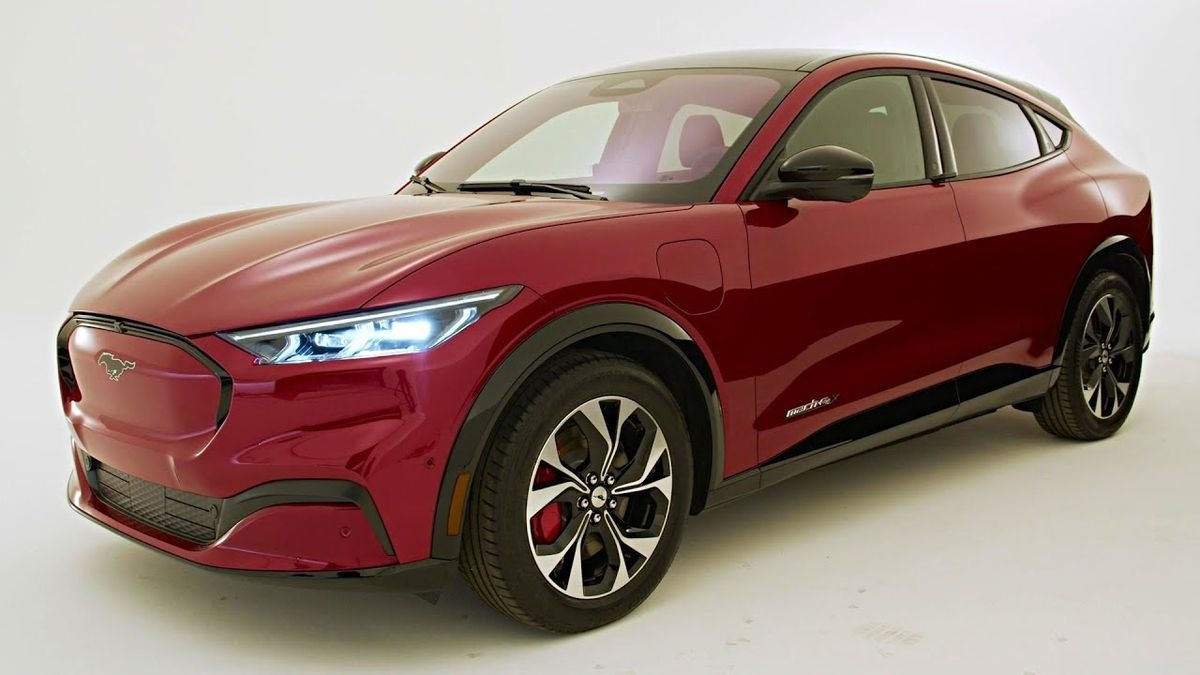
For example, early buyers complained about the infotainment being laggy and glitchy. Ford pushed an OTA update that sped up the response time, fixed bugs, and added new UI touches. A later update brought improvements to BlueCruise — Ford’s semi-autonomous driving system — again, no dealer trip required.
Ford said it built the Mach-E with OTA in mind, so updates can touch nearly every computer module in the car. It’s not just cosmetic. That’s a huge step for a legacy brand, and it’s pretty impressive.
Owners get notifications and can schedule updates at convenient times. Some even install silently while the car is parked. No need to sit around watching a progress bar.
It’s worth noting that this tech is slowly trickling into other Ford vehicles, but the Mach-E gets the most love. If you want a non-Tesla EV that takes OTA seriously, this one delivers.
ALSO READ: 5 Vehicles That Handle Highway Driving Perfectly and 5 That Don’t
3. Hyundai Ioniq 5
The Ioniq 5 is not just a stylish electric crossover — it’s also Hyundai’s first real attempt at end-to-end OTA updates. And they didn’t half-ass it. You can get full OTA upgrades for infotainment, navigation, and vehicle control units. That last one is rare.
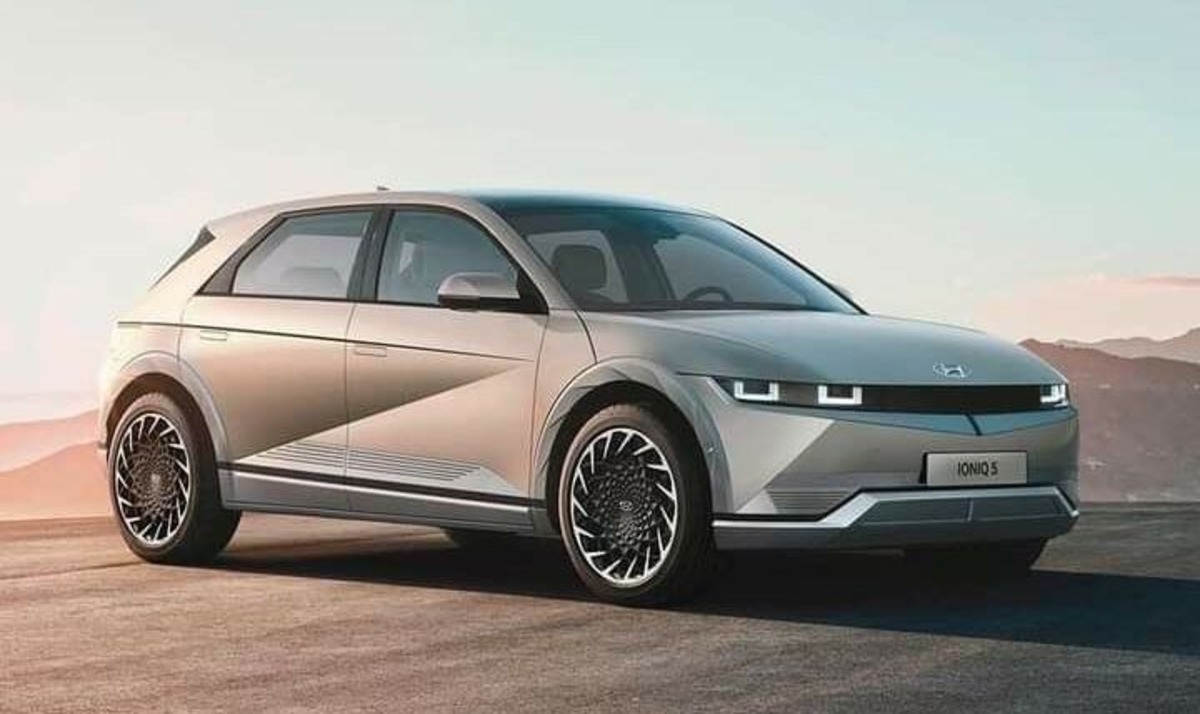
Hyundai rolled out its first major OTA update in 2023, tweaking the regenerative braking system, improving battery preconditioning, and fine-tuning the voice command recognition. Owners didn’t need to step foot in a service center.
They’ve since added new driving modes and improved the interface for EV route planning — again, all over the air. And unlike some brands that require a USB stick or dealer activation, Hyundai does it via cloud-connected tech built into the Ioniq 5 from day one.
You just connect to Wi-Fi or use Hyundai’s connected services, and you’re good to go. Updates typically take 20–30 minutes, and you can schedule them for off-hours.
What’s cool is that Hyundai has promised that the Ioniq 5 will eventually get new features via OTA, like Smart Parking Assist upgrades and more autonomous capability. It’s clear they’re playing the long game.
Compared to older Hyundai models that needed service center visits for basic software fixes, this is a huge leap. The Ioniq 5 finally makes it feel like Hyundai belongs in the big leagues of smart cars.
4. Lucid Air
Lucid came in hot as a Tesla competitor, and thankfully, it’s not just all talk. The Lucid Air supports serious, full-vehicle OTA updates. That means nearly every software-driven system in the car — from the drivetrain to the driver interface — can be tweaked, optimized, or enhanced remotely.
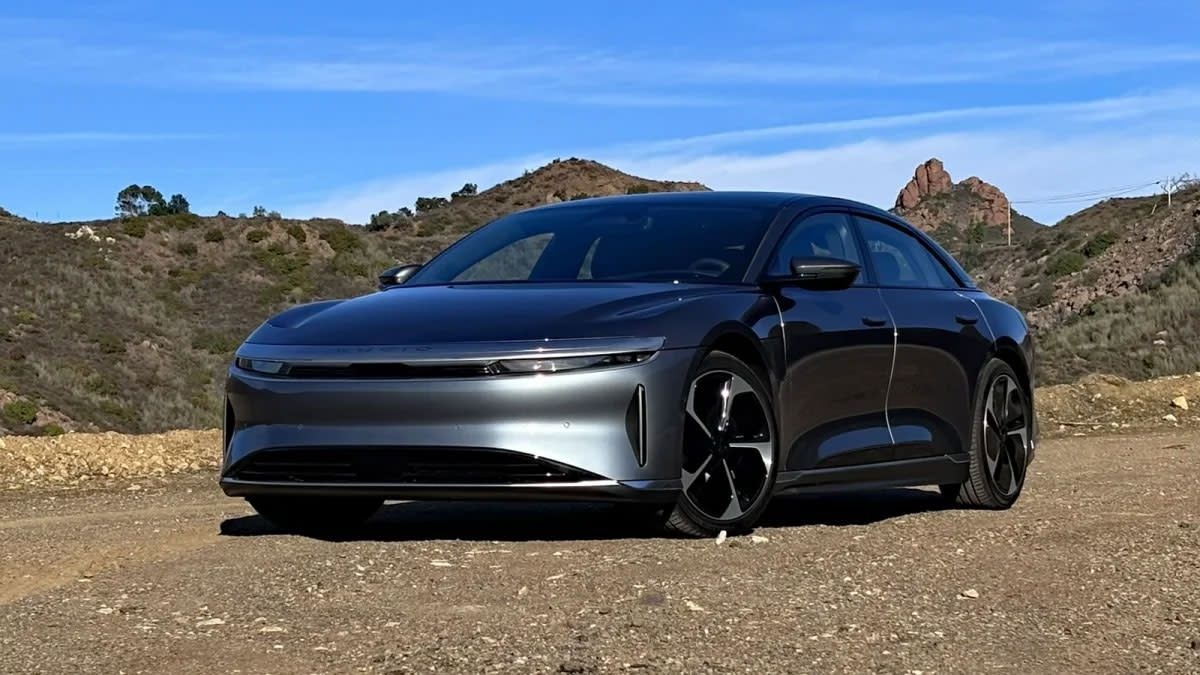
Lucid has already pushed several OTA updates that improved range estimation, charging efficiency, climate control logic, and even adjusted how the air suspension behaves. That’s not minor stuff.
What makes Lucid’s system stand out is how modular and frequent the updates are. They’re pushing improvements every month or so, and customers are seeing actual, tangible changes. And because Lucid is still new, they’re using OTA to actively respond to early customer feedback.
Even their massive 34-inch Glass Cockpit display has been refreshed via OTA. New layouts, better system responsiveness, and bug fixes are done entirely in the background.
You get update notifications through the Lucid app or on the screen. It’s seamless. No clunky menus or dealer calls.
This is what modern cars should be like — dynamic, evolving, and responsive. Lucid gets it. The Air is not just an electric luxury sedan; it’s a constantly evolving tech platform.
5. Rivian R1T
Rivian may be a newcomer, but they’re not playing catch-up. The R1T pickup is fully built around real OTA infrastructure, and their updates are no joke.
Within the first year, Rivian pushed updates that changed suspension tuning, drive modes, battery performance, and even added new camp-friendly features like “Camp Mode” for outdoor enthusiasts. And yes, it was all done remotely.
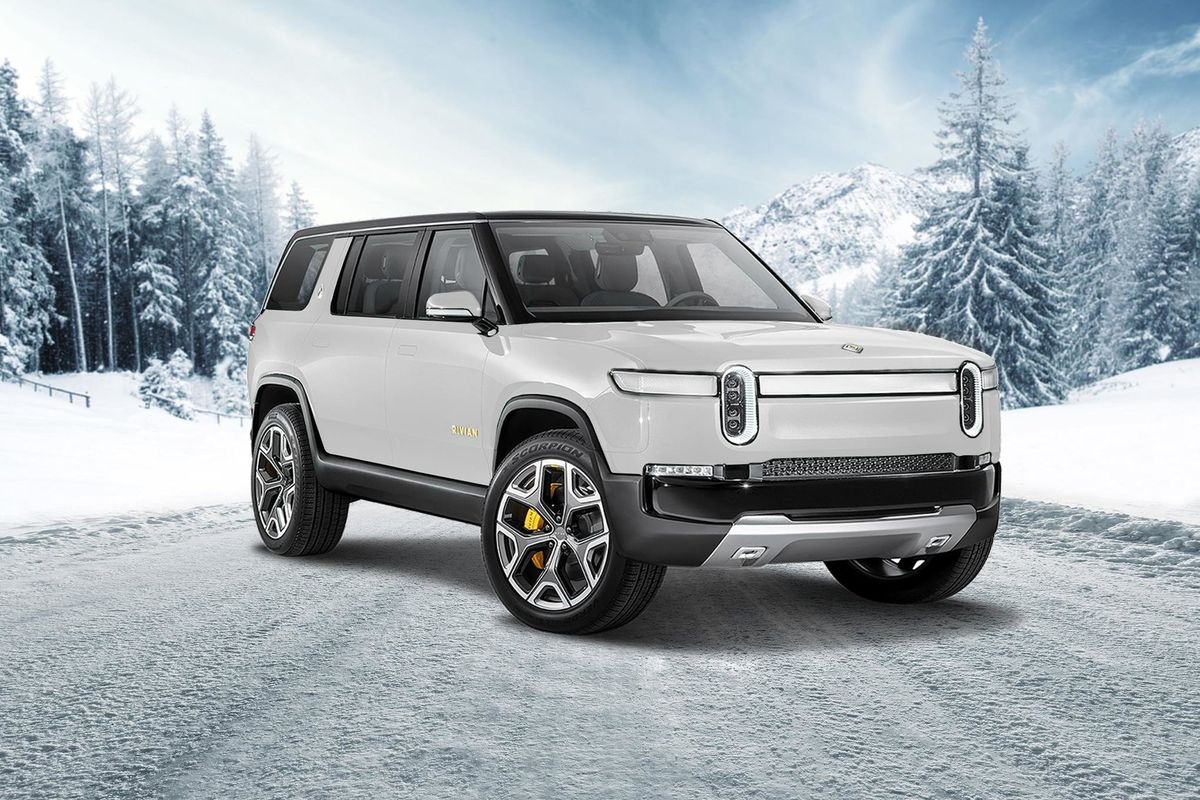
What’s nuts is that Rivian also added new drive sound profiles — you can switch between different artificial motor sounds — and rolled out better range estimates and cabin pre-conditioning. These aren’t bug patches. These are legitimate feature drops.
Rivian uses a secured over-the-air pipeline with end-to-end encryption, so your truck stays safe while getting smarter. The entire interface is OTA-updatable — from the gauge cluster to the main infotainment — and so are key vehicle systems like traction control, regenerative braking, and charging logic.
Owners are notified via the app and can schedule or delay updates, but most just let them run. No visits, no delays, no hassle.
It’s one of the most software-forward pickups on the market, and that’s saying something. Compared to legacy trucks that need to be dragged into a shop for a headlight software tweak, the R1T feels like it’s from another planet.
5 Vehicles That Still Need Dealer Trips
In an age where over-the-air updates, mobile diagnostics, and plug-and-play parts are becoming the norm, some vehicles are still stuck in the past.
Whether it’s because of overly complex systems, limited aftermarket support, or manufacturer restrictions, these cars still drag owners back to the dealership for even basic maintenance or repairs. In this article, we’re breaking down 5 vehicles that still need dealer trips—and why that’s a problem in 2025.
6. Toyota Camry
Toyota may build some of the most reliable cars out there, but when it comes to OTA updates, they’re seriously lagging. The Camry — even the newer models — still needs dealer trips for most software fixes.
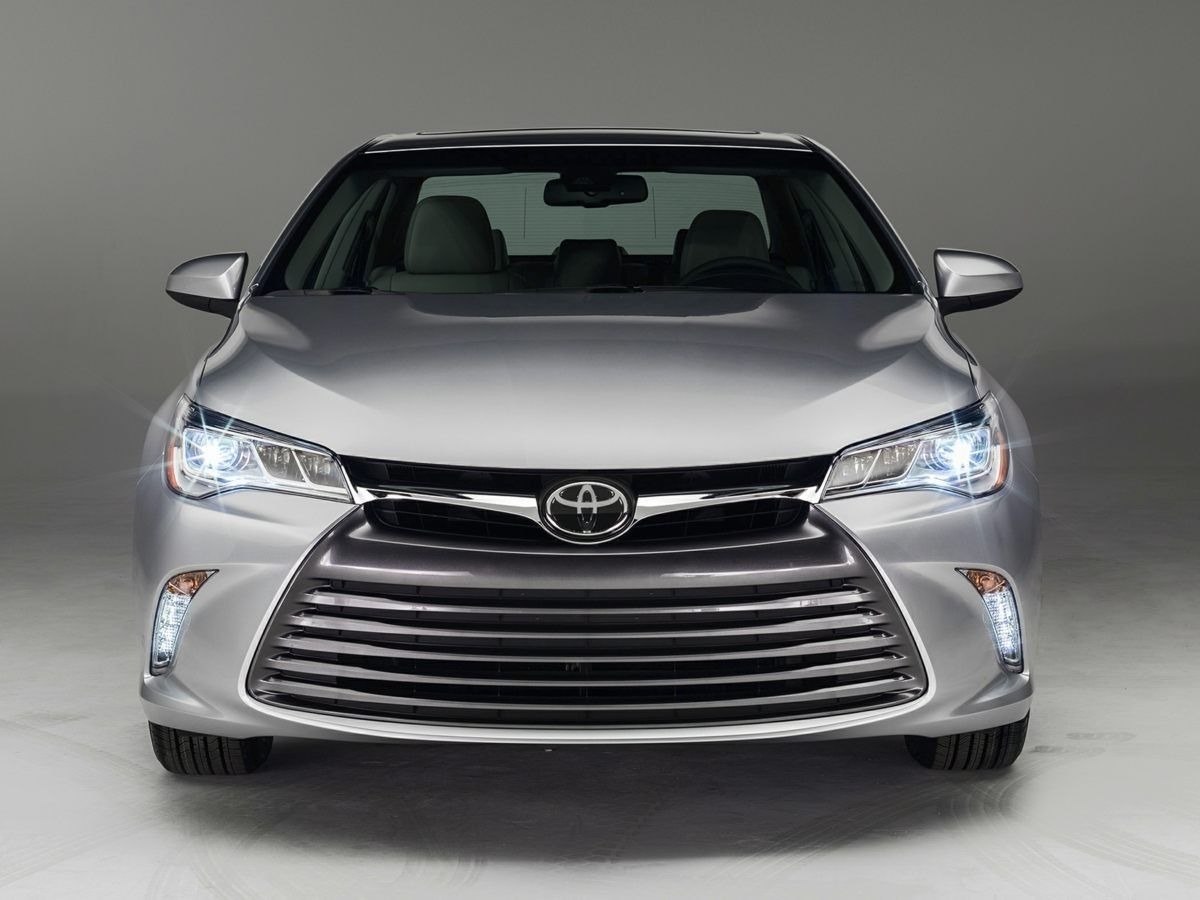
Basic stuff like infotainment bugs, safety feature patches, or drive mode calibrations require a trip to the service center. Toyota’s “Entune” system allows some cloud-based features, like nav and music streaming, but that’s not OTA. That’s just connected services.
Actual vehicle software — traction control updates, brake logic, or engine mapping tweaks — can’t be done remotely. You’ve got to go in, book an appointment, and hope the dealership doesn’t screw it up or take too long.
They’ve made vague promises about future OTA capabilities through the “Toyota Connected” platform, but the Camry isn’t benefiting yet. It’s still stuck in the old model where a USB drive or service technician is needed for basically everything.
In 2024, that’s just lazy. When budget EVs can update wirelessly, there’s no excuse for a best-seller like the Camry to be stuck in the past. People buy Toyotas expecting reliability, but modern tech and convenience should come with that, too. Right now, they’re not even close.
ALSO READ: 5 Crossovers That Survive Harsh Winters and 5 That Don’t Make It
7. Jeep Grand Cherokee
The Grand Cherokee is loaded with tech on paper — Uconnect infotainment, lane assist, adaptive cruise — but it’s a different story when you need to update any of it. Jeep, owned by Stellantis, still leans heavily on the dealer model for software updates.
Want a fix for a crashy infotainment system? Gotta visit the service center. Glitch in the nav system or a camera calibration issue? Yep, book that appointment.

While Stellantis has said it’s building out its OTA capabilities under the “STLA SmartCockpit” brand, it’s slow going. Some vehicles, like the new Wagoneer, have received limited OTA patches, but the Grand Cherokee mostly still requires manual intervention. Even updates to driver-assist systems aren’t done over-the-air yet.
This is frustrating for owners who expect their $50,000 SUV to behave like a modern tech product. And it’s even worse considering how software-heavy the Cherokee is. Every small fix — from heated seat bugs to drive mode tuning — means another trip and another wasted afternoon.
Jeep needs to catch up fast. OTA shouldn’t be a luxury or gimmick anymore. For a flagship SUV like this, it’s just basic customer respect.
8. BMW 3 Series
BMW has rolled out OTA updates for newer 3 Series models with Operating System 7 and above. These updates—delivered via the built-in SIM or My BMW App—cover things like navigation, connectivity, and select in-car features. It’s handy and avoids the dealer for some stuff.
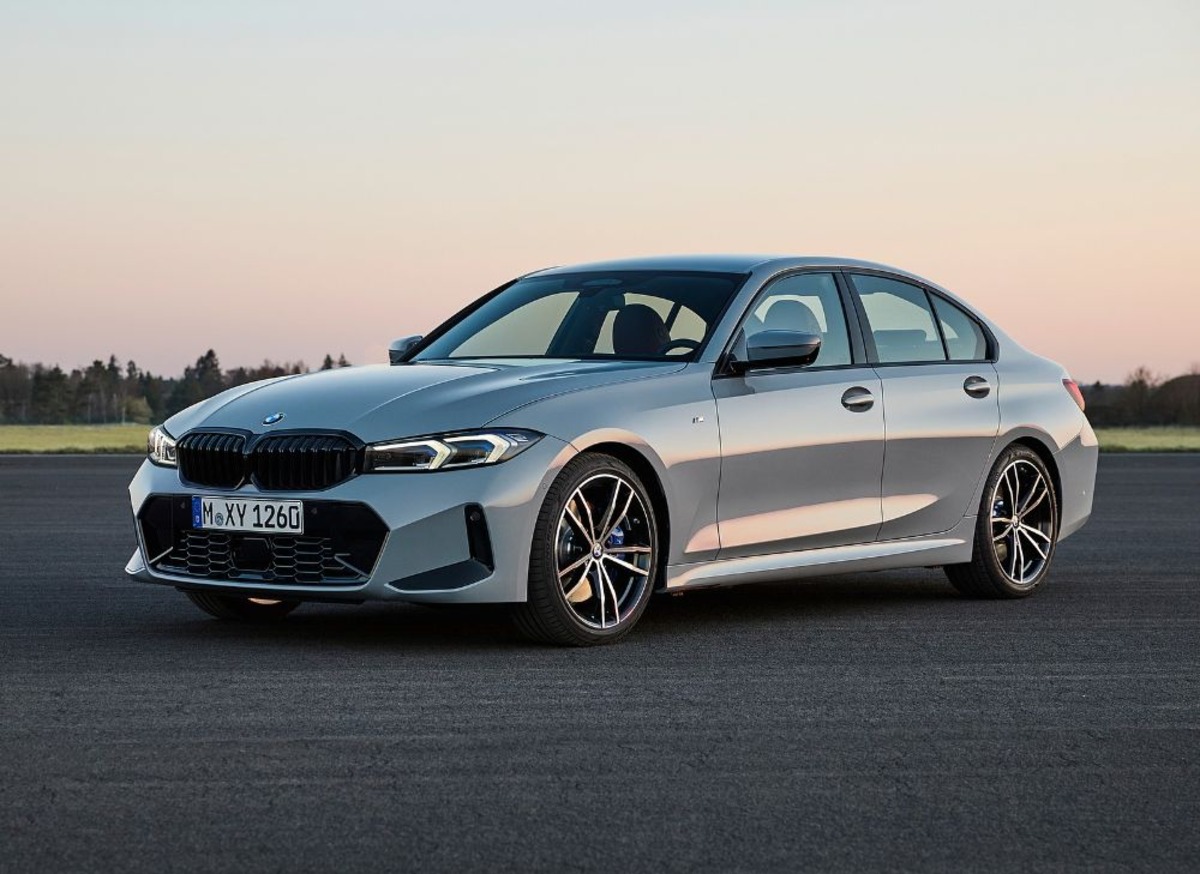
But here’s the catch: not all models are equal. Depending on your car’s year, region, and tech package, OTA support can vary. Some users get features like wireless CarPlay or Android Auto via updates, while others don’t.
And for serious stuff—like engine control software or anything involving hardware tweaks—you’ll still need a trip to the dealership. BMW’s getting there, but it’s not fully wireless just yet.
Bottom line: if you’ve got a newer 3 Series, enjoy partial OTA. For the rest, keep that service center on speed dial. It’s progress, but not perfection. Check with your local BMW dealer for specifics.
9. Honda Accord
Honda has been slow to adopt true OTA updates, and the Accord shows it. For 2018–2022 models, Honda offers a dealer-installed software upgrade for wireless Apple CarPlay and Android Auto. The catch? You need to book an appointment, visit the dealership, and pay over $100—not exactly a modern convenience.
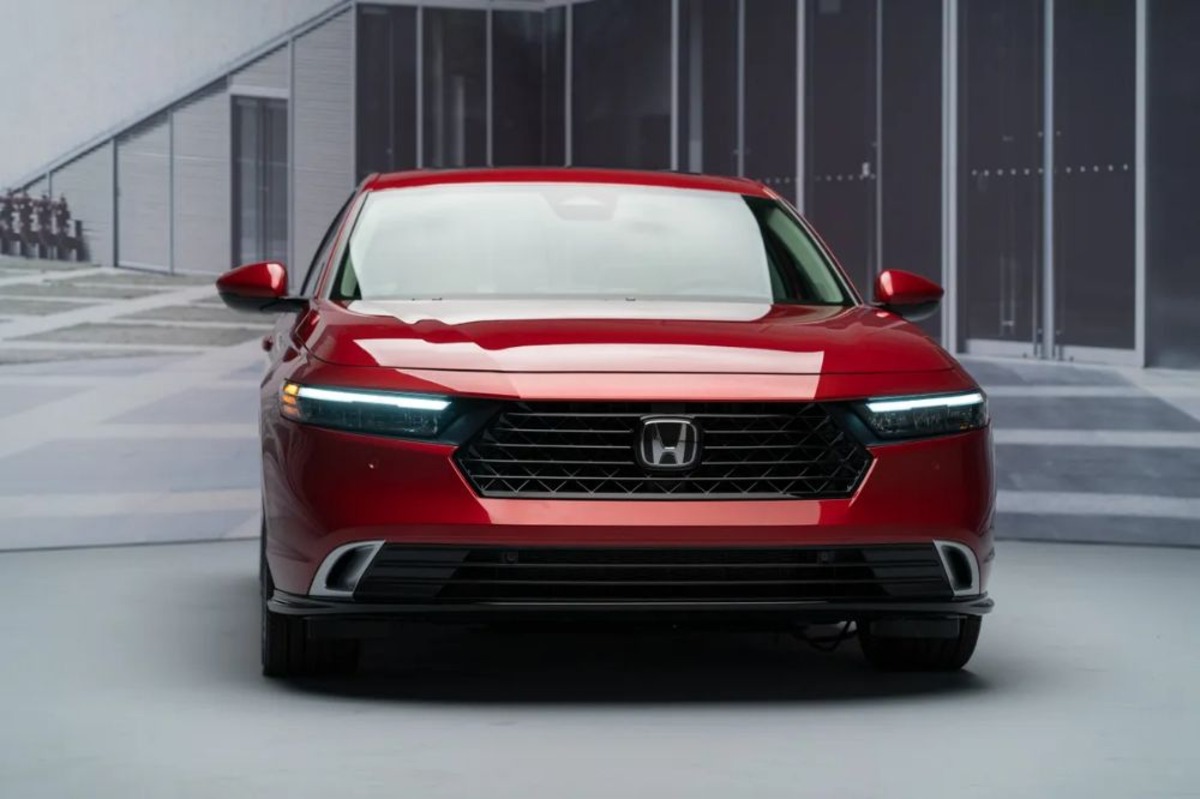
Other software updates, like infotainment fixes or navigation improvements, also require either dealer visits or manual USB updates. There’s no cloud-based push, no seamless in-car upgrade—just the old-school way.
While the feature itself improves the user experience, the delivery method feels outdated in a world where brands like Tesla or Ford push updates straight to your car while it’s parked in your driveway. Honda’s method adds extra cost and effort.
10. Chevrolet Silverado
The Silverado is slowly adopting OTA updates, with select 2022 models getting remote tweaks like transmission tuning. But overall, the experience is hit-or-miss. Most infotainment and critical system updates still need a trip to the dealership.
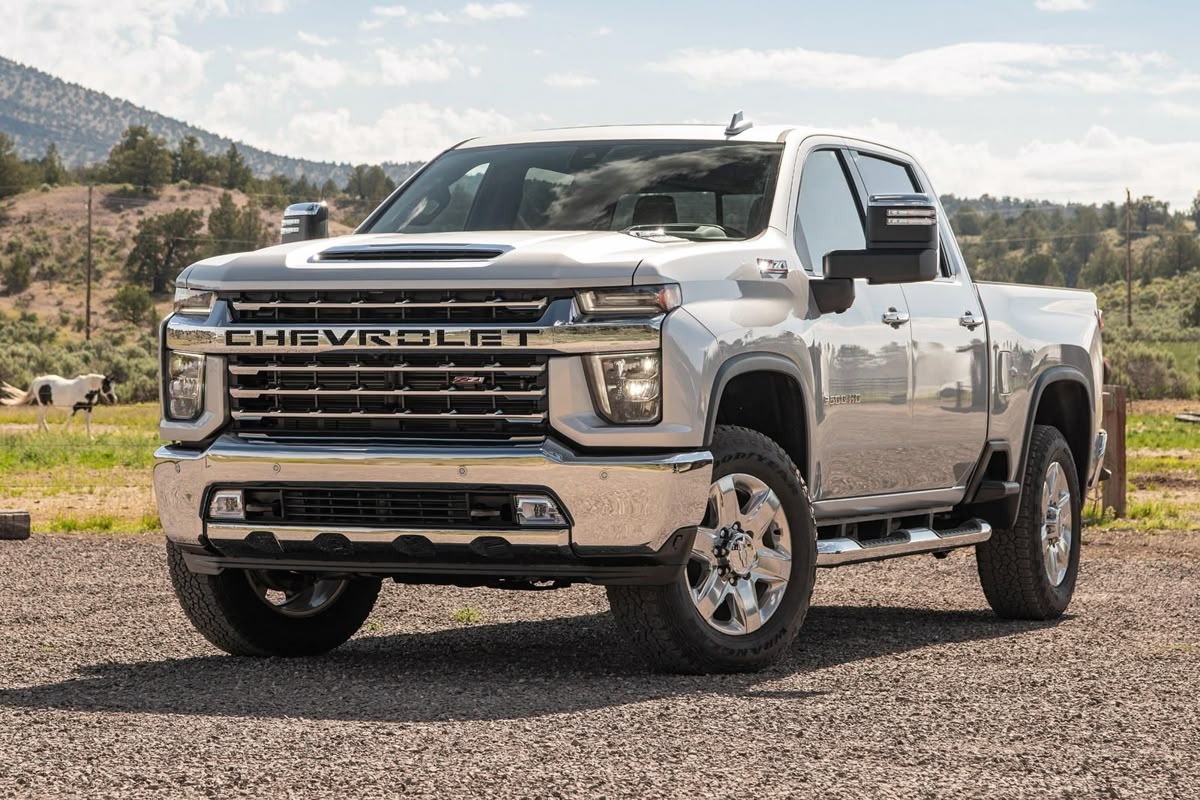
Add to that reports of battery drain and failed installs, and it’s clear GM hasn’t nailed a seamless process yet. Owners may not always know what can be updated at home and what needs service help. So while OTA is technically “there,” it’s not smooth or consistent. For now, Silverado drivers still can’t ditch the dealership entirely.
OTA updates should be the norm, not the exception. Tesla, Ford, Hyundai, Lucid, and Rivian are leading the way. Others like Toyota and Honda are stuck in the old playbook. In a world where software defines cars, needing a dealer for updates feels outdated. Automakers: it’s time to let drivers skip the trip and tap “Update” instead.

